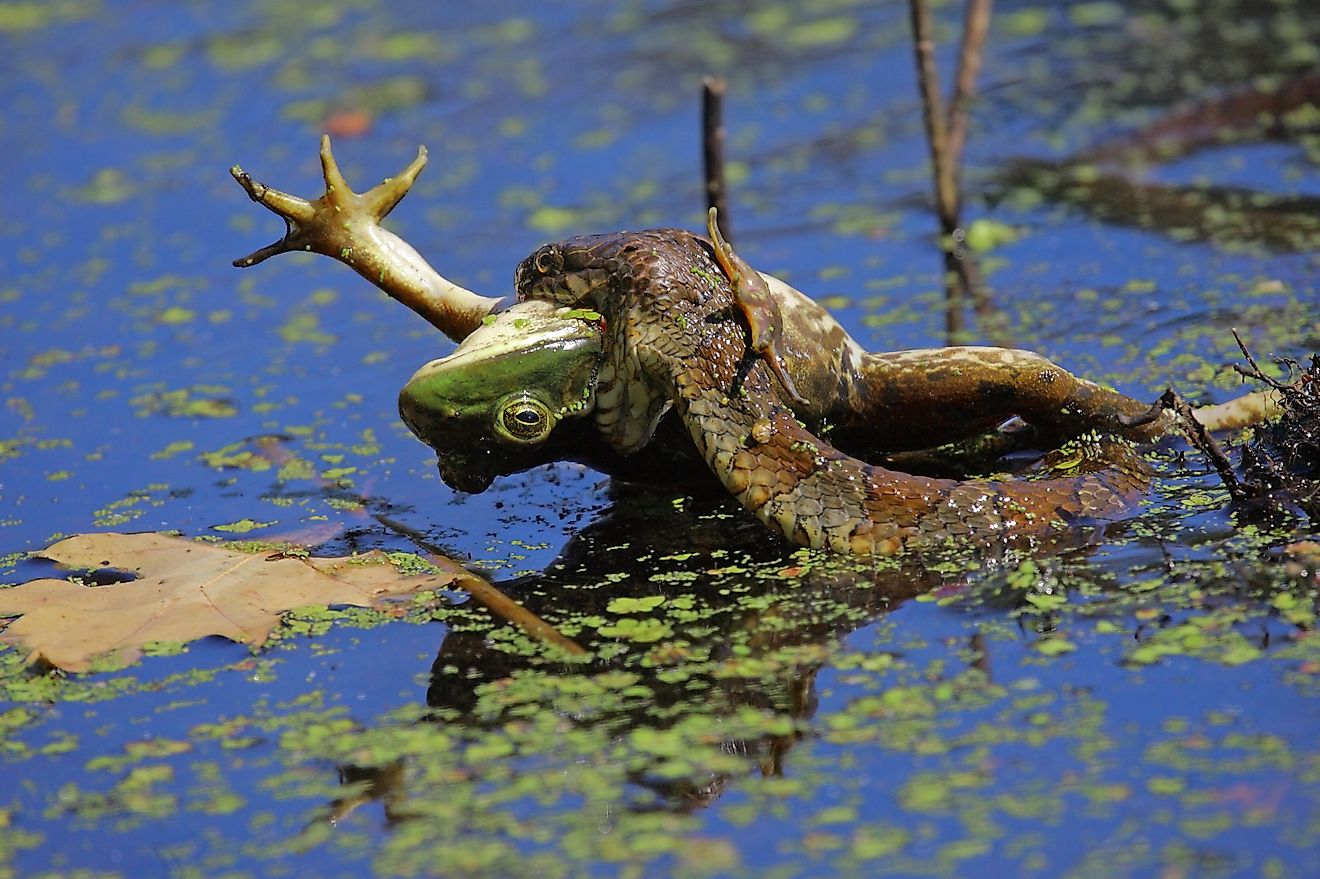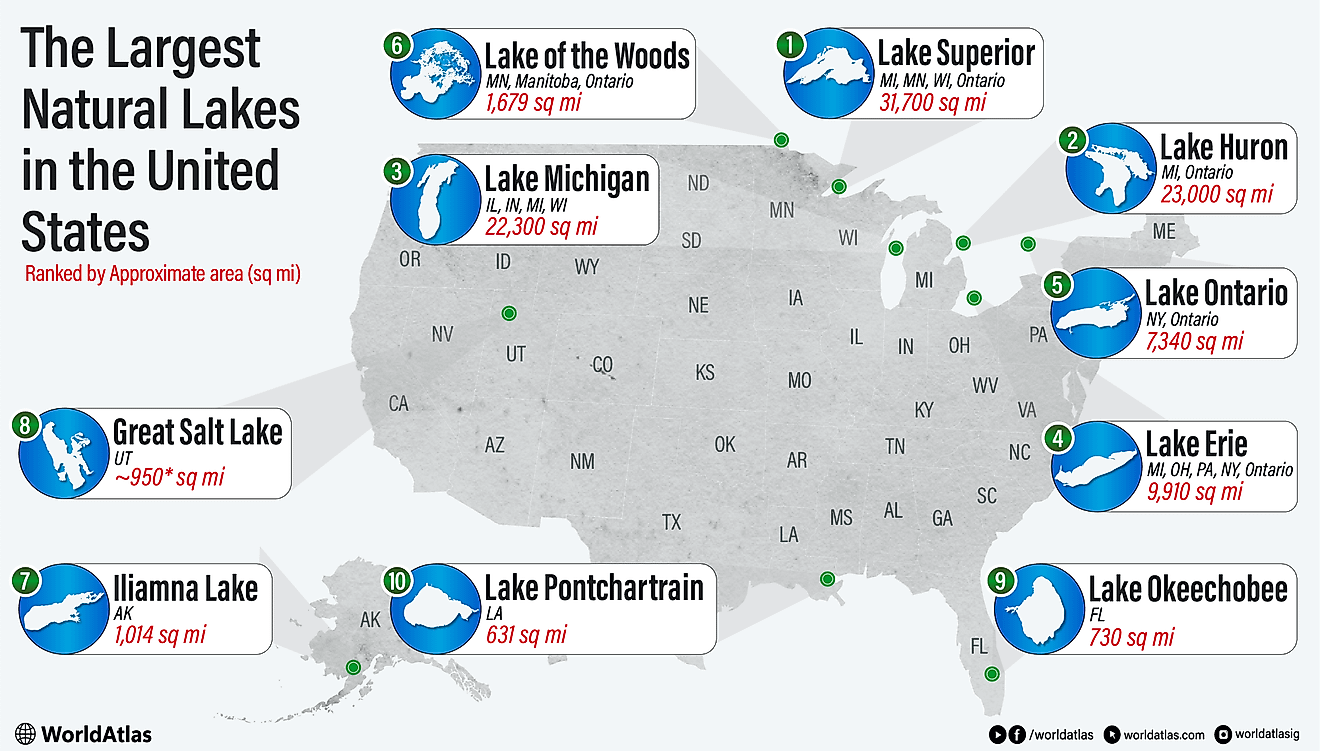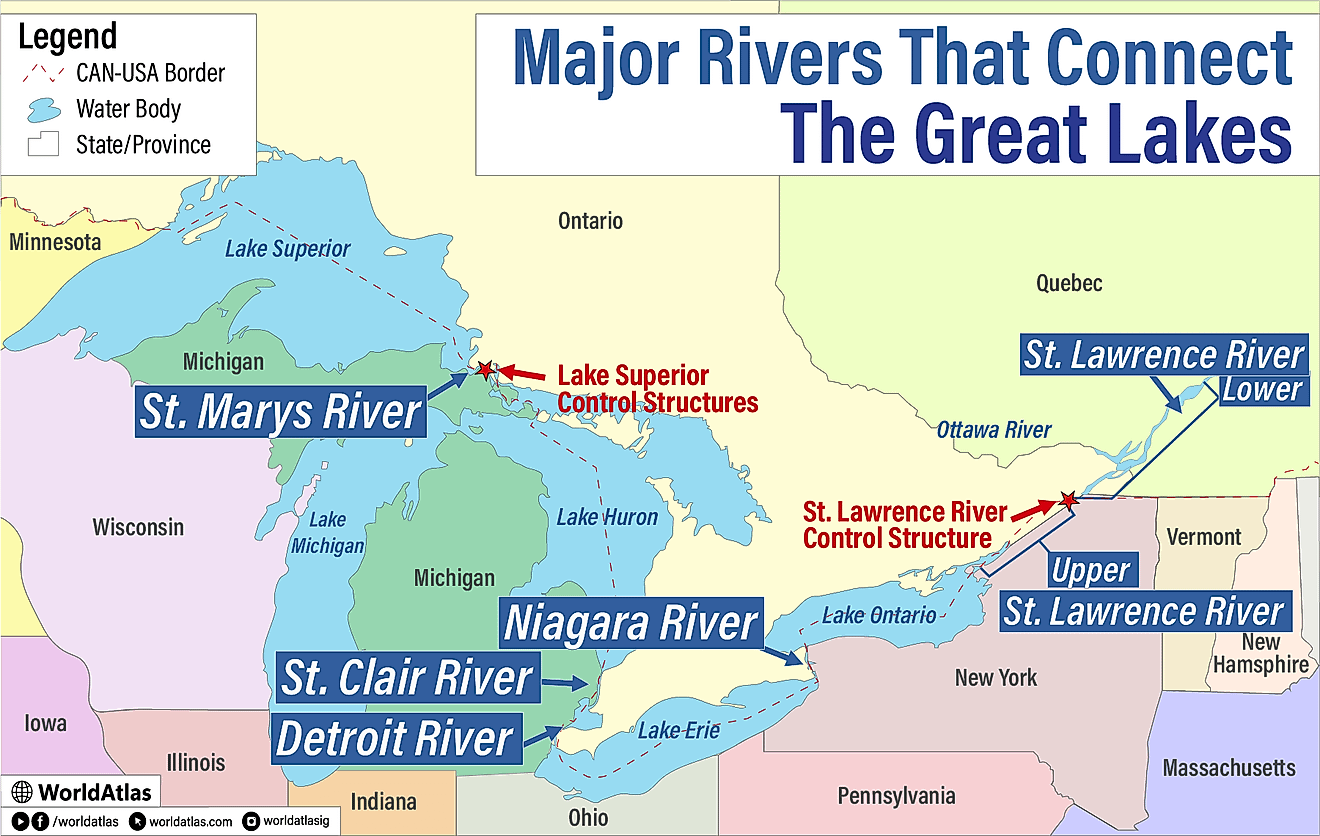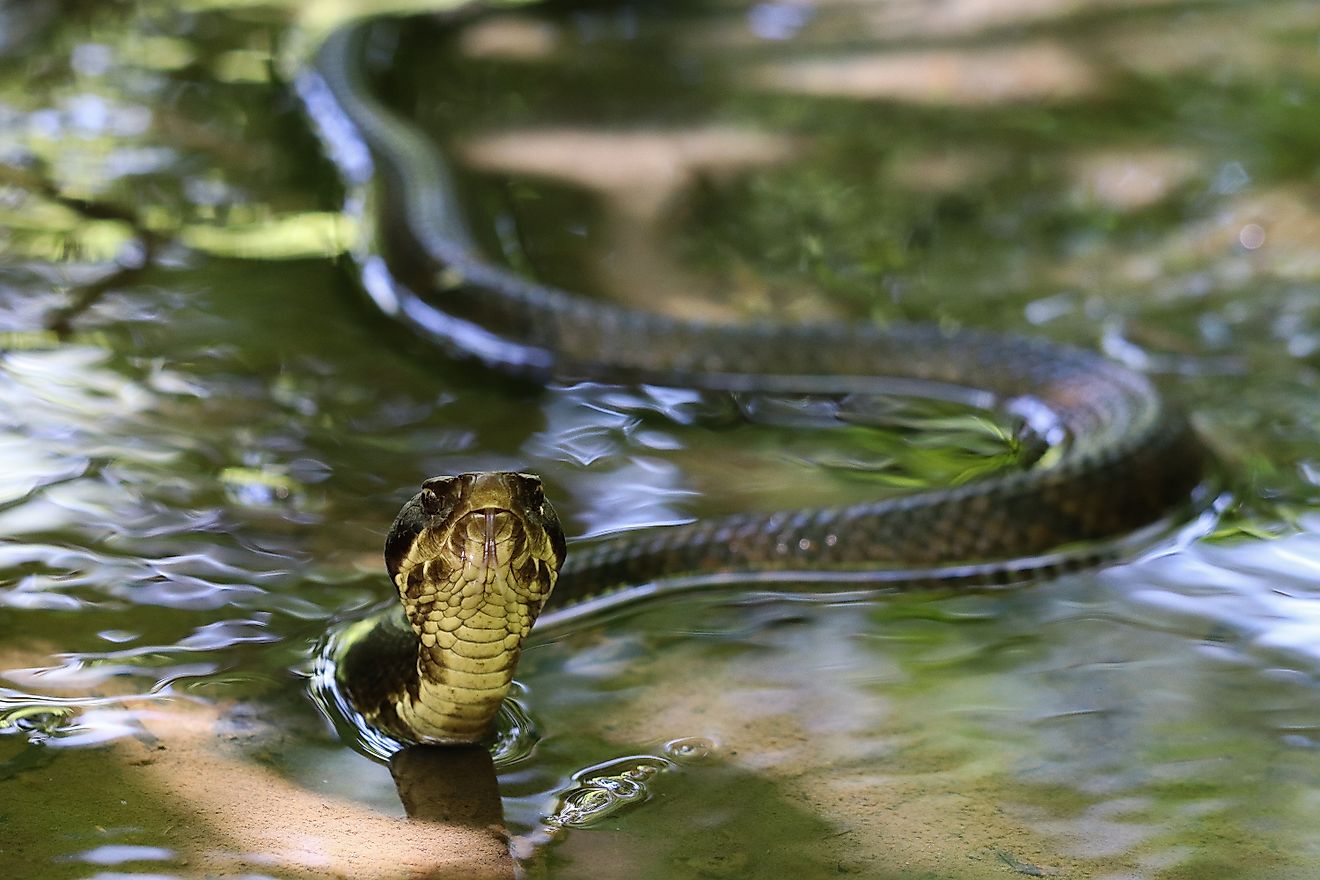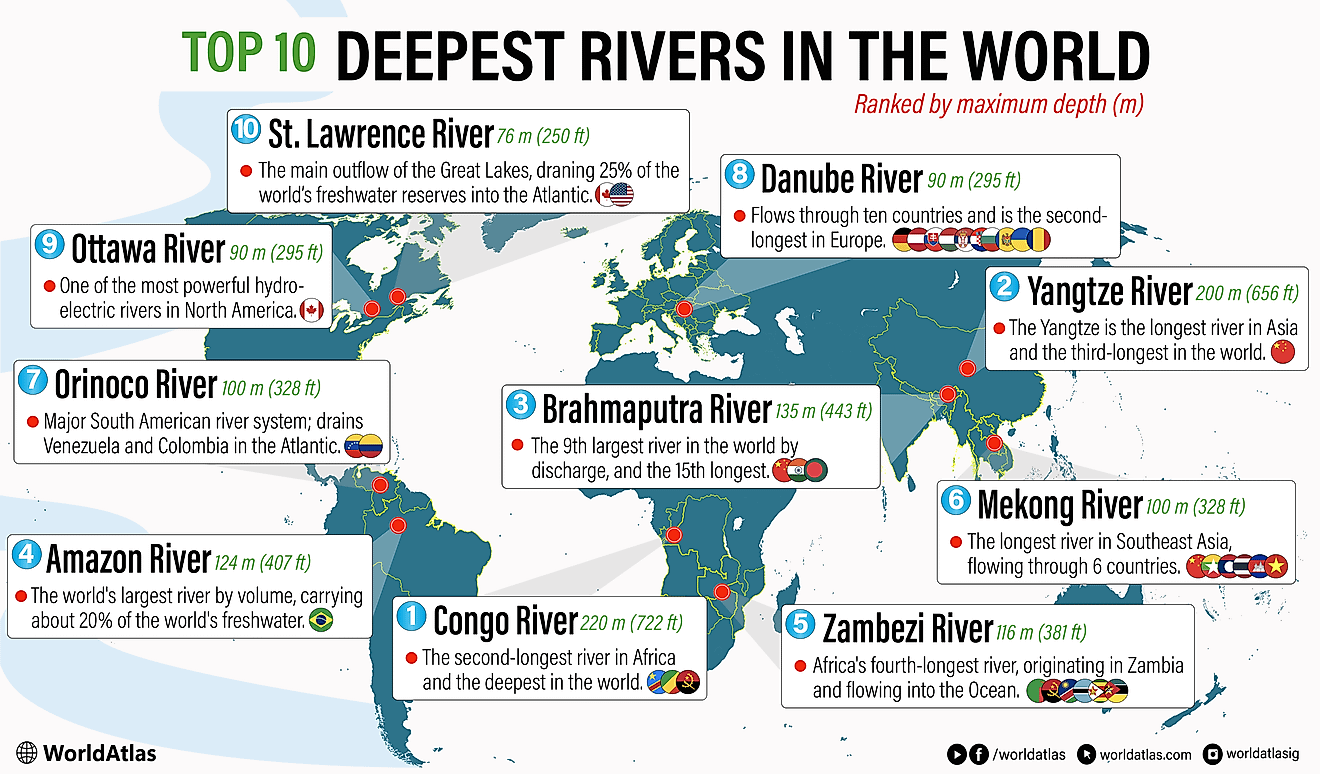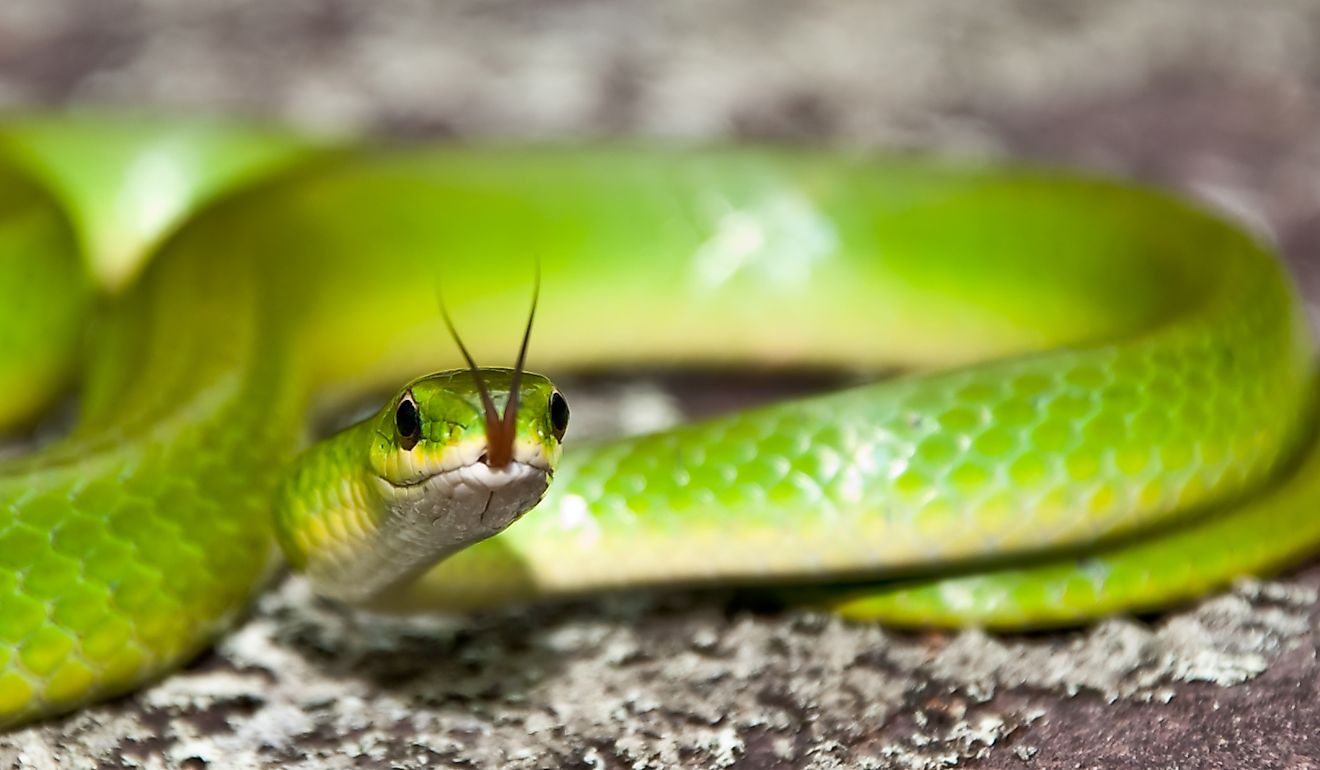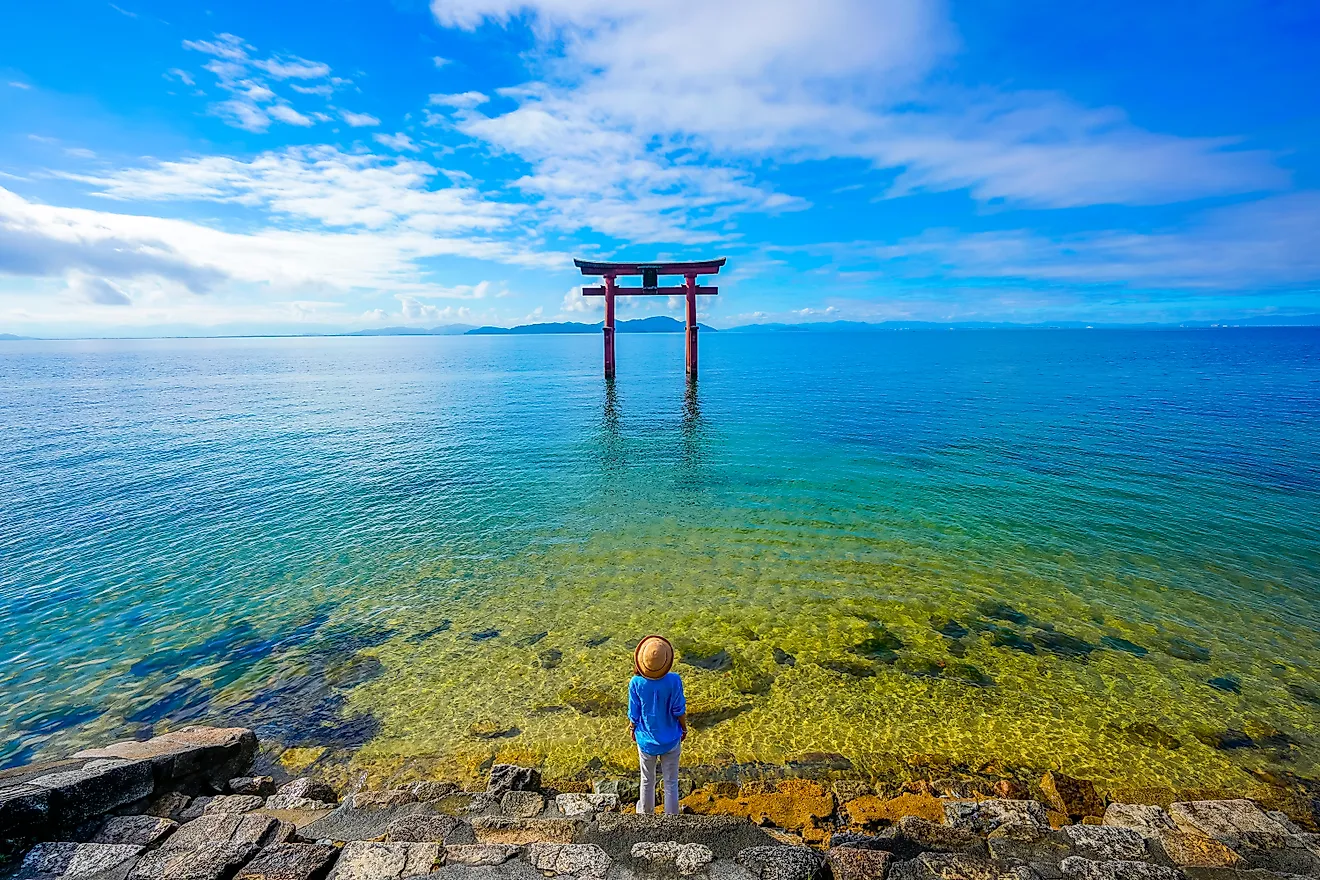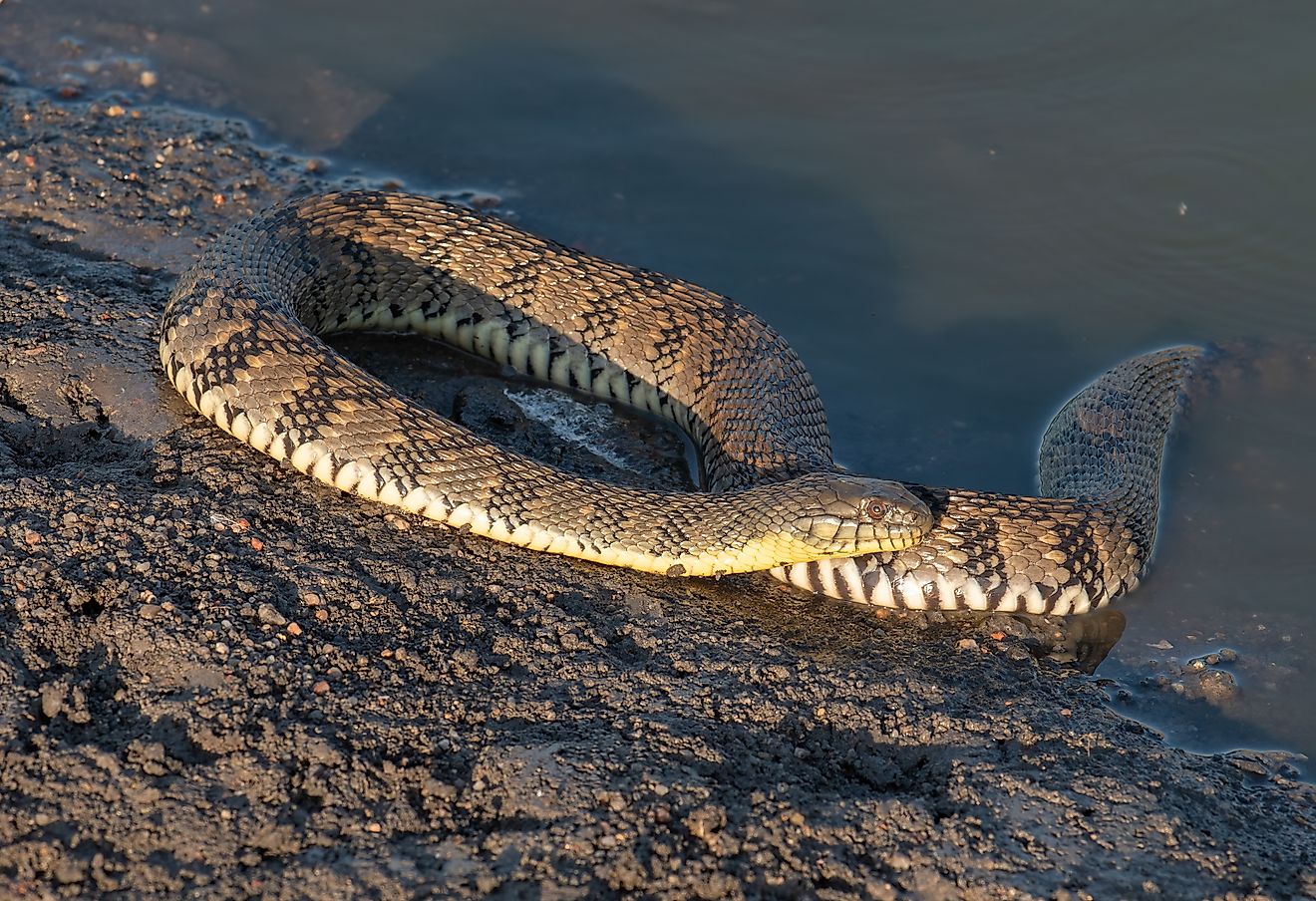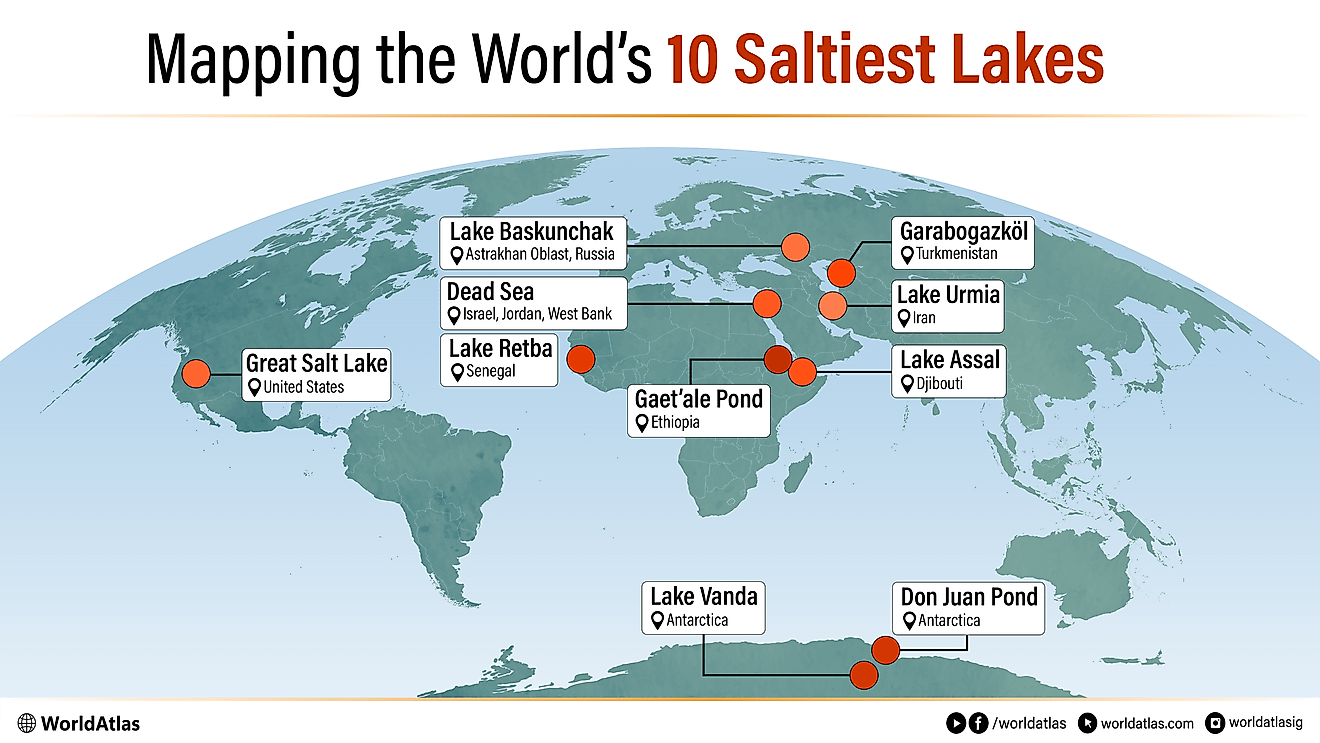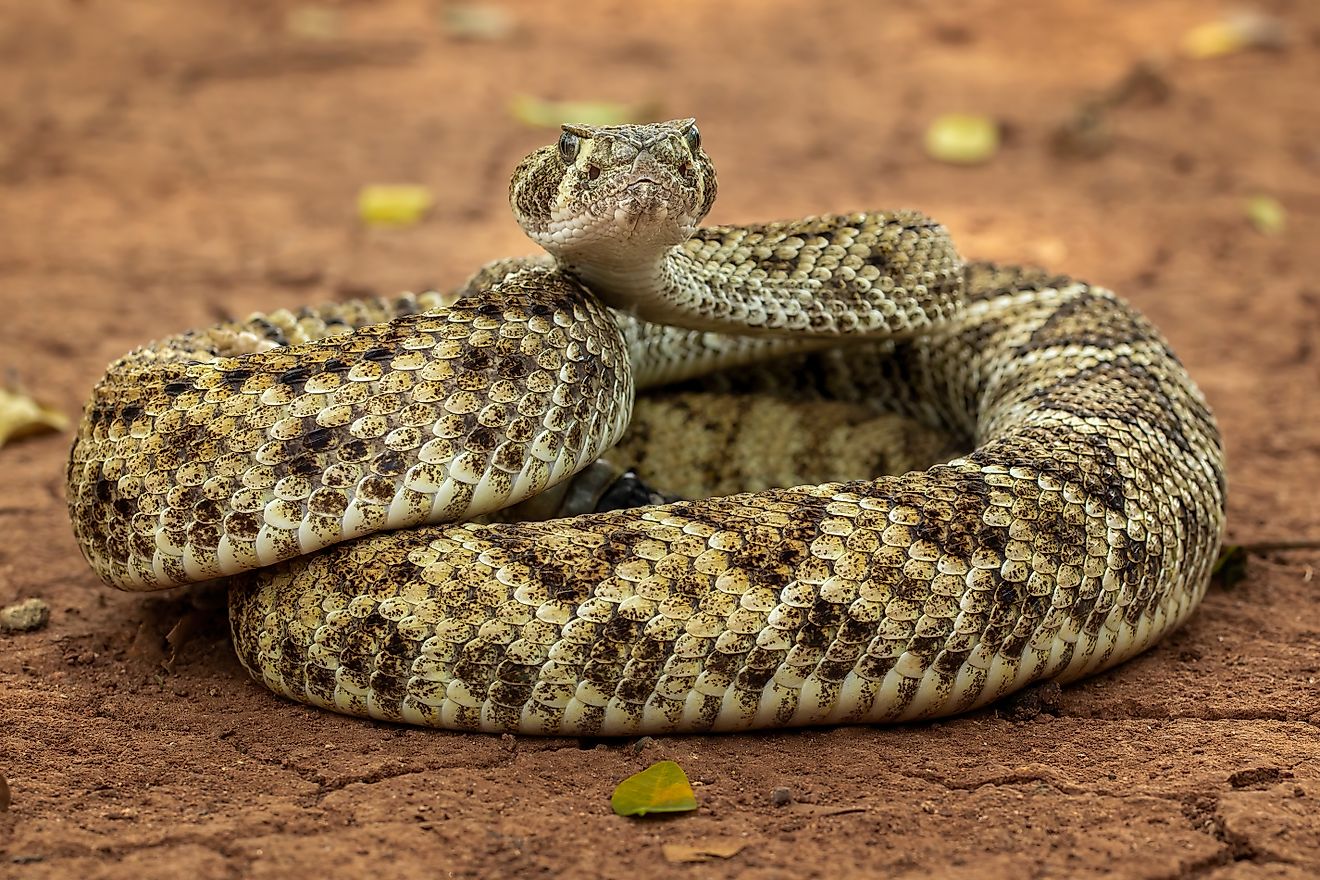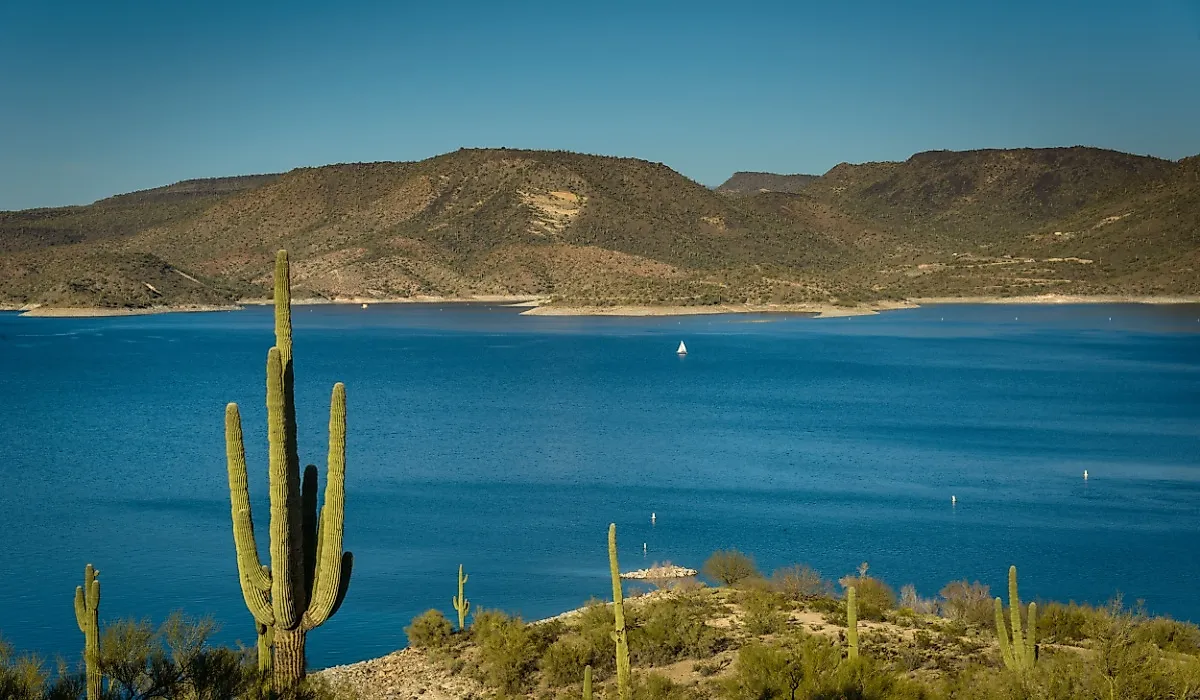
5 Most Snake-Filled Bodies Of Water In Arizona
Do you think snakes only slither across dry canyon floors? Think again. Some of the most dangerous reptiles in Arizona can swim. And they do. All around lakes and rivers, these creatures are on the move as warmer temperatures and increased visitors bring them out. Serpents are common around bodies of water, but they’re often overlooked. They’re quiet and often hidden in plain sight. They swim, they bask, and sometimes they appear in the most unexpected places: next to you on an isolated dock, along a remote trail, or even on a boat. There are dangerous species, such as the rattlesnake, and harmless ones, like the gopher snake. Both thrive where heat meets water. If you’re headed out to these places, keep your eyes peeled. These are the five most snake-filled bodies of water in Arizona — places where these reptiles aren't just occasional visitors; they own the shoreline.
Roosevelt Lake
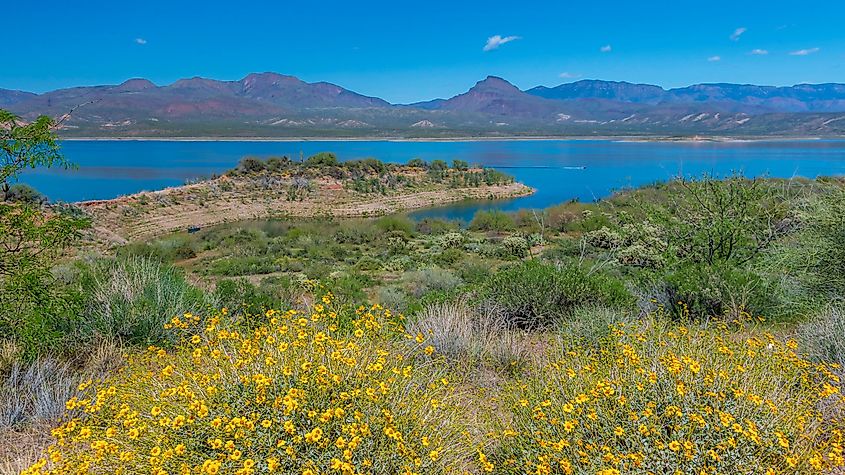
Roosevelt Lake lies deep in the Tonto Basin, and the rocky slopes, mesquite groves, and brushy shorelines provide excellent habitat for snakes. The most commonly encountered are Western diamondback rattlesnakes, particularly around boat launches, fishing areas, and campsites. As spring temperatures rise, they emerge from their dens to bask and hunt, often crossing roads or curling up on warm rocks before returning to their shelters. Garter snakes are also common, weaving through cattails before quickly disappearing under the surface. Beyond the lake’s riparian edge, the desert uplands support other cold-blooded residents. Gila monsters wander these higher elevations. Like snakes, they thrive in heat and heavy cover.
Saguaro Lake
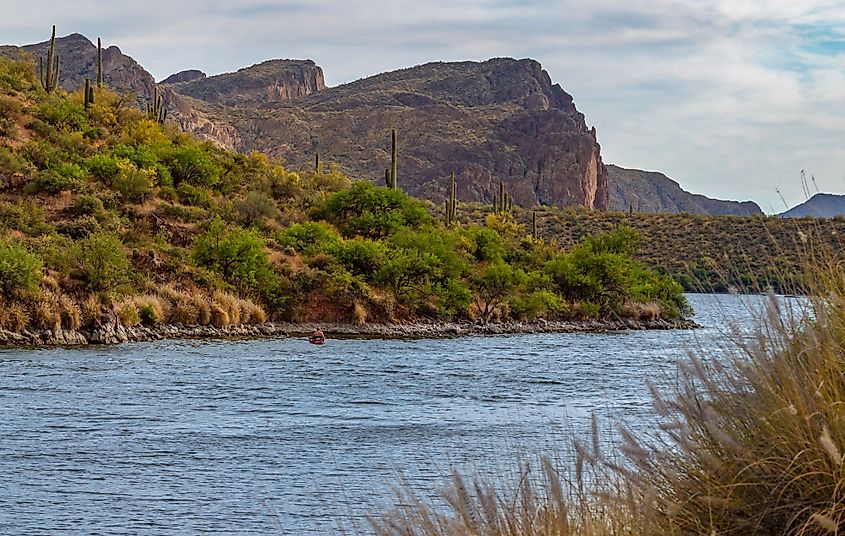
Located in Arizona’s Tonto National Forest, this lake covers 1,200 acres and is an artificial reservoir fed by the Salt River. Created in the early 1930s by Stewart Mountain Dam, it’s the fourth and final reservoir along the Salt River. The lake reaches depths of 110 feet and stretches nearly 10 miles in length. Western diamondback rattlesnakes thrive in the rocky, arid landscape around the lake, particularly where desert vegetation provides shelter. Known for their aggressive defense and distinctive rattle, these snakes can grow more than five feet long. They are frequently spotted along trails, near shorelines, and around boat ramps.
Lake Pleasant
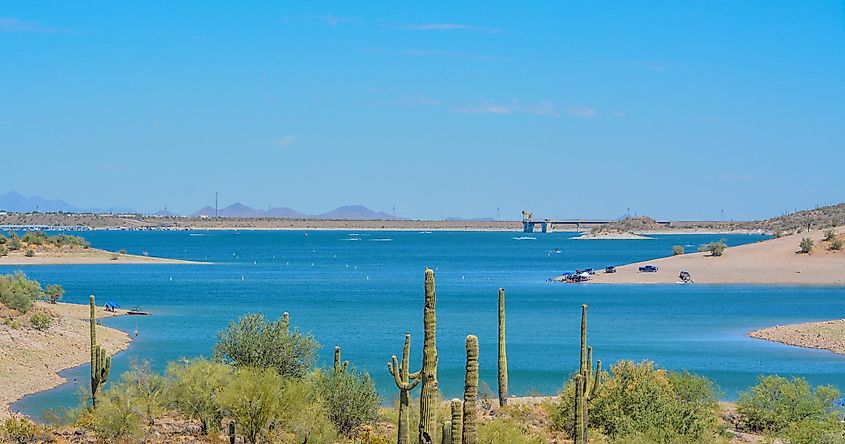
Located in central Arizona, this lake covers more than 100 miles of shoreline and comes alive during spring with both visitors and snakes. Created by the Waddell Dam and fed by the Agua Fria River, it’s known for hosting a healthy population of rattlesnakes and gopher snakes. Memorial Day weekend often brings snakes into the spotlight. This timing aligns with the height of snake season.
Over the years, semi-aquatic snakes have made headlines here. In one encounter, a gopher snake swam toward a family’s motorboat and slithered aboard. In another, a rattlesnake launched itself from the water into the front of a passing boat. This lake might be popular, but the snakes are part of the regular crowd.
Canyon Lake
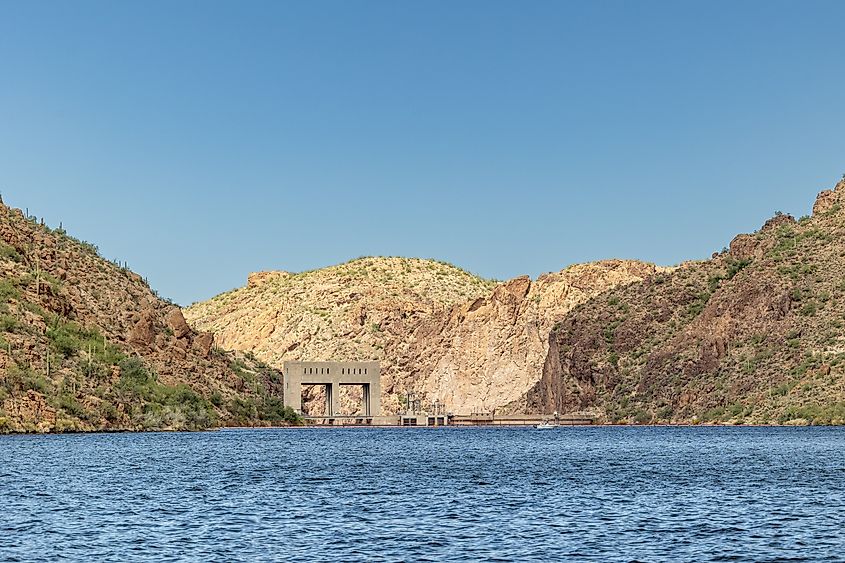
Canyon Lake is bordered by desert slopes and rocky coves that attract both people and snakes. The edges of the lake offer prime habitat for Western diamondback rattlesnakes and Sonoran gopher snakes, especially in the spring. Dusk is particularly active, drawing snakes out to warm pavement and boulders as temperatures drop.
Rattlesnakes have been seen crawling across roads, driveways, and even porches. Kayakers, hikers, and campers have all reported close encounters with snakes swimming across narrow inlets. With an estimated 7,000 to 8,000 venomous snake bites reported each year in the U.S., this lake carries a level of risk worth noting.
Apache Lake
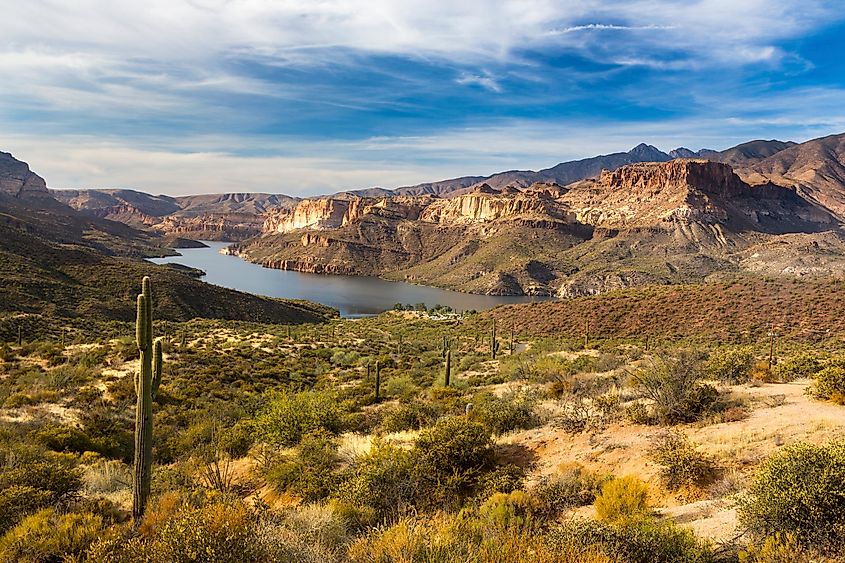
Created by Horse Mesa Dam in 1927, Apache Lake spans over 2,500 acres along the Salt River. Surrounded by steep canyon walls, sunbaked gravel, and dense desert brush, the area provides prime shelter for Western diamondback and Mojave rattlesnakes, two of the most venomous species in the country. These snakes bask on rocks near campsites, hunt along the shoreline, and occasionally swim to escape predators. Gopher snakes, though nonvenomous, also live here and mimic rattlers with defensive hissing.
Campers sometimes can’t help but joke about the experience. One said on Reddit: “What we have here is the Arizona Danger Noodle, a type of Nope Rope, known for injecting highly toxic venom through fangs it keeps hidden in its mouth.” The humor aside, Apache Lake is serious snake country.
Arizona’s lakes hold activity both below the surface and along the trails. Snakes, especially rattlers, are no longer confined to backcountry habitats. They’ve adapted to boat ramps, campsites, and shallow coves. Whether sunning themselves on rocks or silently swimming between inlets, they’re part of the environment now. Their movements are silent, and their presence is easy to miss until you’re too close. That doesn’t mean you should stay home. It means you should know what’s out there. Watch where you walk. Look where you swim. And remember, you’re not the only one cooling off in these waters.
